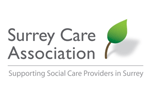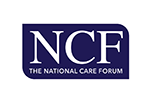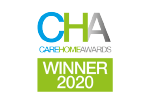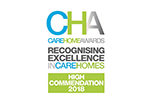Article published in Nursing and Residential Care vol. 21, no. 7
With one million people predicted to have dementia by 2021, National Institute for Health and Social Care Excellence (NICE) are prioritising dementia care. Their worry is that with 69% of care home residents currently living with dementia in care homes across the UK, health and social care professionals are ill-equipped to cope with the rise of dementia diagnoses.
To combat these concerns, NICE updated its guidelines on dementia care for the first time in 10 years in 2018. Sarah Copley, Director of Policy, Campaigns and Partnerships at Alzheimer’s Society highlighted the significance of the updated guidelines, saying, “All health and social care professionals must be properly equipped to support people with dementia at every stage.”
Changes to the guidelines include:
• Additional face-to-face training for staff that provide care or support to people with dementia.
• Taking an additional history at the point of initial assessment from someone who knows the person in question well.
• Making people with dementia aware of the research they could take part in.
These amendments highlight the challenges that health and social care professionals currently face. There is a lack of comprehensive training to equip staff with the knowledge and skills to provide the best quality of dementia care. The guidelines also show that the most effective care and support for people living with dementia is highly personalised, which is why it’s so important for care providers to gather people’s personal history in as much detail as possible from someone that knows them well.
To capture personalised details, many care homes have adopted Alzheimer’s Society’s ‘This is Me’ tool, originally developed for people living with dementia who are admitted to hospital. ‘This is Me’ is a template leaflet that care professionals use to record a snapshot of a person’s background, habits, routines, communication and mobility to help other health and social care professionals build a better understanding of a person so they can deliver care personalised to their needs.
‘This is Me’ and other one-page profiles are widely used in social care to improve the quality of information and ease of information sharing about people living with dementia. However, there are downsides to using ‘This is Me’ in its current format of a printed booklet or a PDF print-out. In theory, it can be easily filled out with a pen, accessed quickly when needed, and handed to paramedics to accompany a resident to hospital. However, paper gets lost and information becomes out of date quickly. Written documents can also be illegible or are not accessible when needed. The purpose of ‘This is Me’ is to share personalised information with outside professionals but there are obstacles to doing it effectively on paper. As care homes transition to using electronic care planning and monitoring systems, there is an opportunity for care providers to create and access documents like ‘This is Me’ in a more accessible and shareable digital format. Electronic care systems can ensure that personalised profiles are accessible, up-to-date, legible and easy to share with other people involved in someone’s care. Accessible to everyone at the care home. ‘This is Me’ is primarily a document for sharing a snapshot profile of a resident with outside professionals during a person’s hospital admission. However, it isn’t an easily accessible document for care professionals within the care home to know how to care for someone. Having instant access to someone’s one-page profile doesn’t replace reading their detailed care plan but does give agency staff and new members of staff a quick understanding of someone’s care and needs at the point of care. Some electronic systems give staff instant access on a mobile device to see someone’s one-page profile and care plan to understand exactly how they want to be cared for no matter where they are in the care home. Staff are then empowered to provide a better quality of care to people living with dementia.
In 2019, Person Centred Software launched its ‘Who I Am’ feature as part of its electronic evidence of care and care planning system, Mobile Care Monitoring. The new feature enables care homes to share vital information about residents’ routines, life story and wishes from the care plan with carers via the mobile application. These personalised routines are vital when caring for those with dementia as it helps them to maintain their daily functions and minimise their anxiety. The feature enables staff to provide a more responsive and personalised quality of dementia care and improve residents’ quality of life.
Jasmine McFetters, a care worker at Bernhard Baron Cottages in East Sussex explains how accessing the digital one-page ‘Who I Am’ profile helps care staff to support people living with dementia, particularly if they feel sad or anxious. Jasmine says, “We have a resident who has mental health issues and suffers with anxiety. There’s a prayer that she likes to hear when she’s anxious. It’s really good to have that information available for all staff under the ‘What makes me feel better if I’m anxious or upset?’ section of the ‘Who I Am’ feature.”
By having the information instantly available for care professionals, people living with dementia are made to feel supported and safe, which leads to a better quality of life and an increase in their wellbeing.
Up-to-date, legible documentation can only truly be stored on an electronic care planning system Social care is one of the most highly regulated industries that relies on documentation to prove the quality of the service. Even the most diligent care home professionals can struggle to keep paper records updated due to the volume of necessary documentation. This often means duplicating the same information on multiple reports, charts and forms. On paper, the information contained on someone’s care plan would need to be updated manually on their ‘This is Me’ document. However, good electronic care systems automatically update information from the evidence of care to all relevant places, including the care plan and a one-page profile. Not only does this keep information in sync and accurate, but it saves care professionals’ time manually updating multiple pieces of documentation.
Furthermore, writing on paper means that people use their own vocabulary and handwriting that can be subject to interpretation. Some electronic systems use innovative ways of recording care notes using icons, which leads to speed of data entry, ease of use and the ability for the system to be used by non-native speakers of English, those with dyslexia and non-IT literature people. Recording in this way means that all records, no matter who they are documented by, are legible and consistent.
The benefits of the electronic ‘Who I Am’ profile is already being realised with staff supported with vital information at the point of care. Tracy Gallacher, Manager at Carrondale Nursing Home in Falkirk says, “The ‘Who I Am’ feature contains a lot of in-depth information about residents’ care needs and how best to support them. With this new feature, staff can access a lot more detailed information about the resident on the app, no matter where they are providing care. This not only saves them time updating paper records but also means they can provide more personalised care and achieve the best positive outcomes for our residents.” Care managers also feel secure knowing that every member of staff has the information to provide the same quality of care. And care professionals’ morale is boosted as they can respond exactly as needed for everyone they provide care to.
Sharing information with hospitals
Sharing information with care professionals in hospitals isn’t compromised but increased using the digital ‘Who I Am’ feature. The one-page profile feeds into a ‘hospital pack’ collated with recent assessments, observations and any other key information to create a more detailed document designed for hospital admissions.
Shari Tindle, Deputy Manager at Tilsley House in Weston-Super-Mare says, “When one of our ladies with dementia had to go to hospital, we provided a hospital pack with all the details from the ‘Who I Am’ document to aid staff providing her care. A hospital nurse got in contact with us to say it was the best information she had seen.”
A digital profile of recent information ensures that everyone from care professionals and ambulance crews to health care assistants fully understand residents at every stage of their health and social care journey, not just their personal information but medical and care needs too. This gives confidence that someone with dementia will receive personalised care at every stage of their health and social care journey and is also a step towards real integration between health and social care.




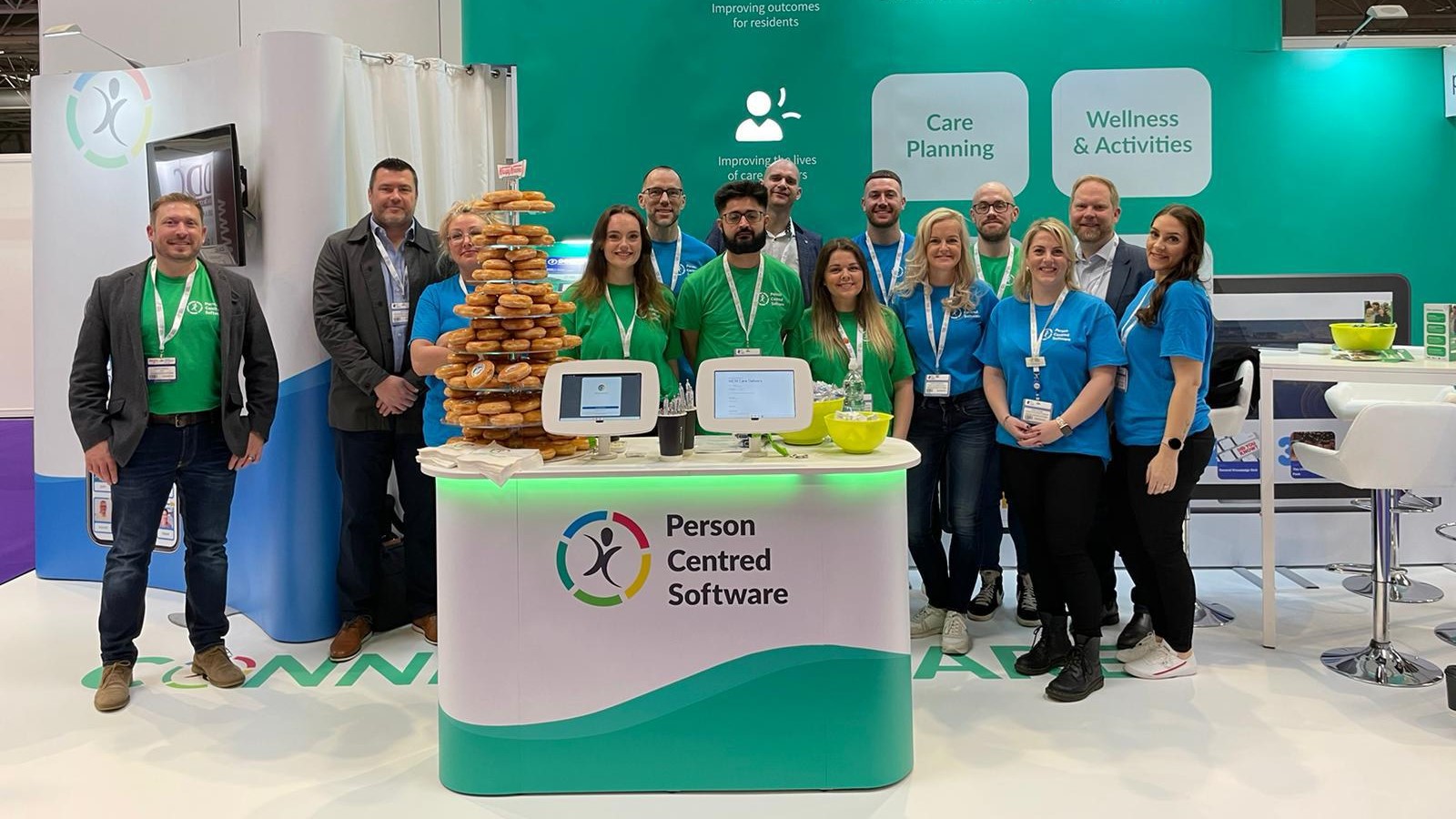
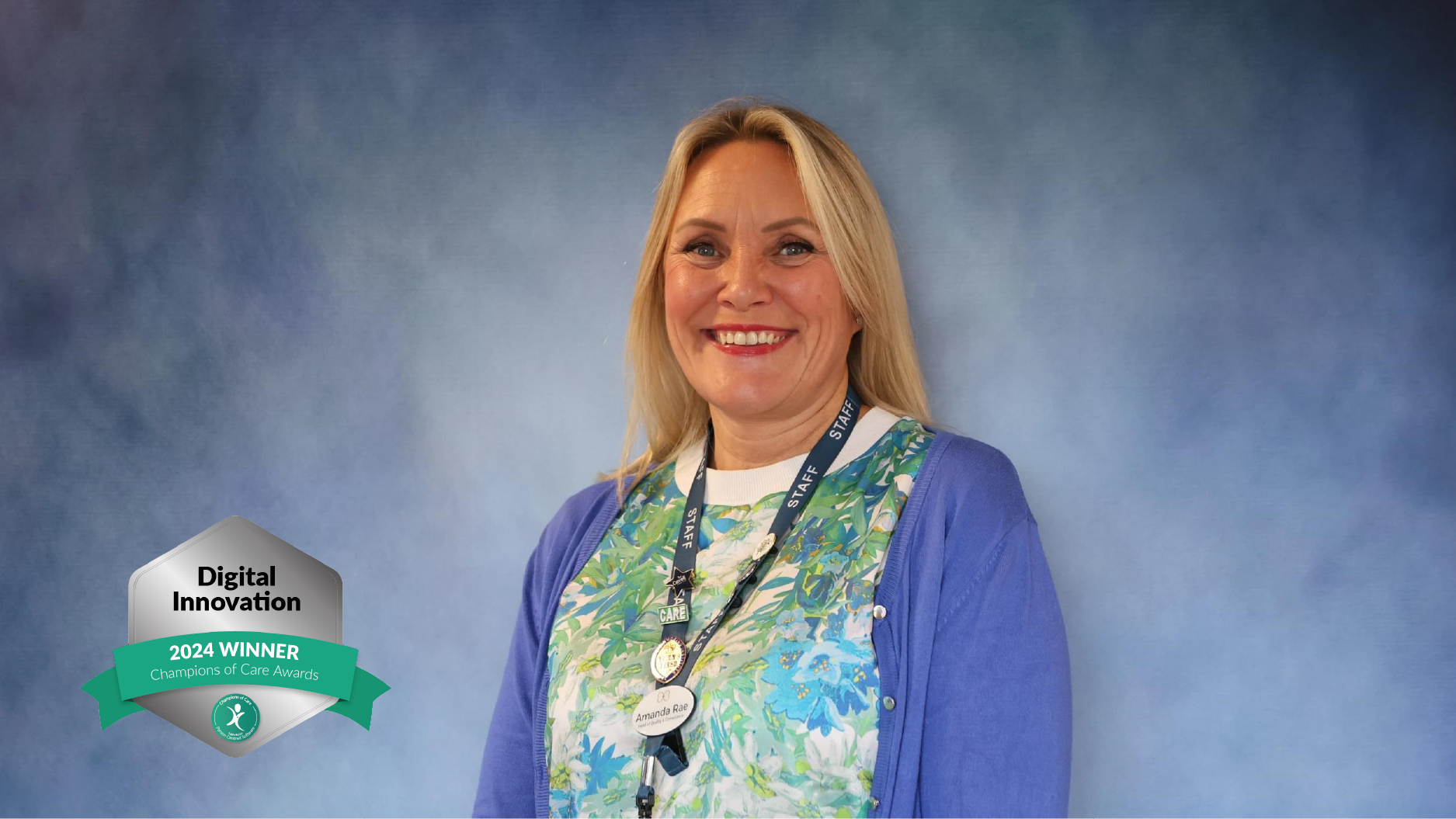

.webp?width=80&height=80&name=HTD%20Awards%202023%20Badge%20(4).webp)

